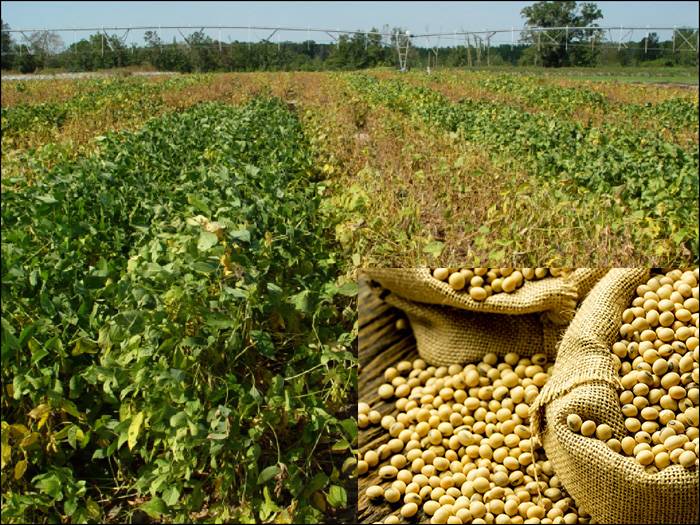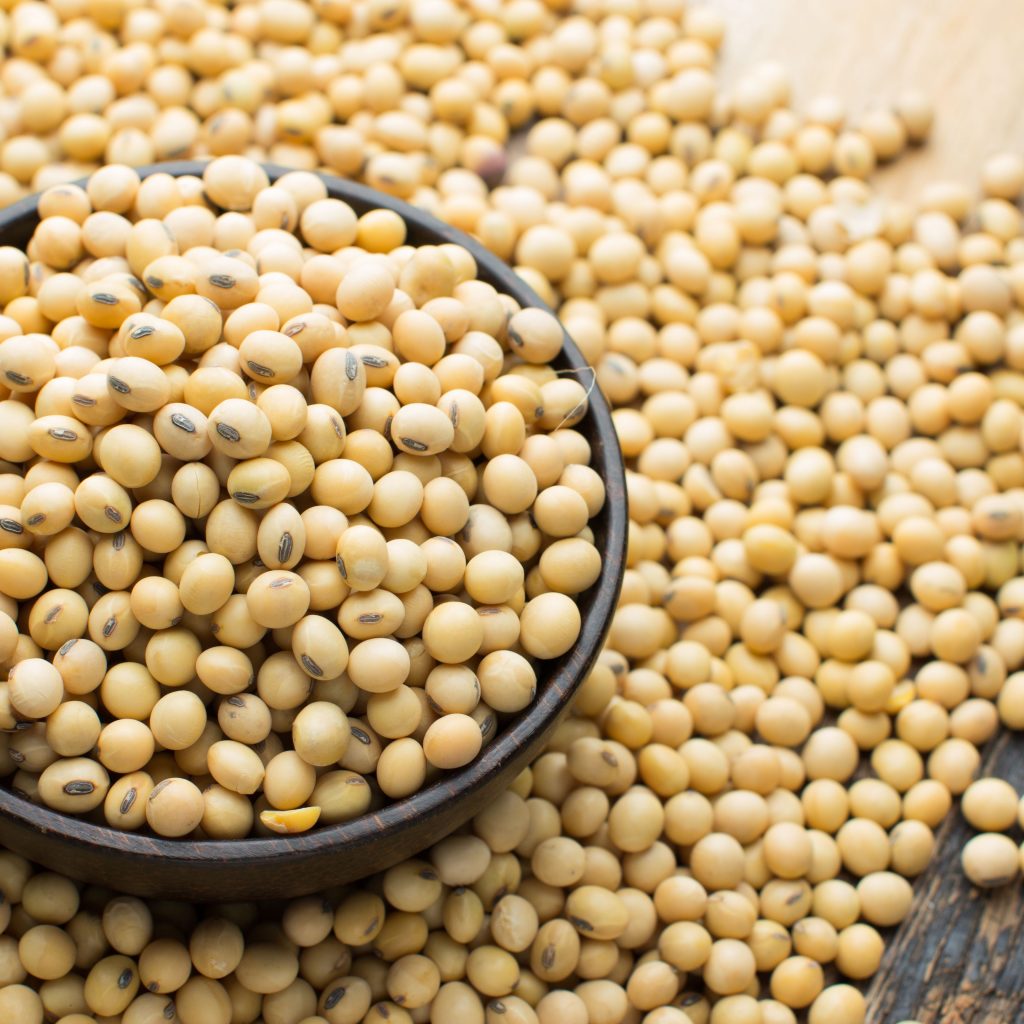Latin America Soy Beans Crush Volume Set to Rise in 2022

The Argentinian and Brazilian soybean crush volumes look set to rise in 2022 despite several domestic challenges, according to analysts.
While the Argentinian soybean crush in marketing year 2021-22 (October-September) is forecast at 42 million mt, up 4.6% on the year, Brazil is expected at 47.7 million mt, up 2% year on year, the US Department of Agriculture said in its latest World Agricultural Supply and Demand Estimates Dec. 9.
However, the crushers in these two major South American economies are facing distinct local issues, such as unfavorable government policies, taxation, macro-economic challenges, and weather, which are limiting their capacity utilization.
Argentinian woes to persist
In the last few years, the crushing sector in Argentina – world’s largest exporter of soybean meal and oil — has been grappling with under-utilization of capacity, inflation-led operating costs and high export tariffs.
Many agricultural analysts believe these issues to prevail in 2022 as well.
Argentina continues to struggle with prolonged recession and a very fragile dual currency system, which have significant implications on cash-strapped country’s soybean crushing sector.
Argentina currently levies a 33% export tax on soybeans, 31% each on soybean meal and soybean oil, compared with 12% each on corn and wheat.
High rate of taxes on the crushing sector weighs on the margins of local crushers, who also must deal with irregular supplies of raw soybeans and high logistical costs every year due to drought-led shallowing of the Parana River.
Parana is the lifeline of Argentinian commodities transport infrastructure and accounts for over 80% of the export volumes each year. But the river generally suffers a drastic drop in water levels due to prolonged mid-year drought, which severely cripples the transportation system.
In 2021, the logistical costs for Argentine exporters and traders increased by 300% year on year due to historically low water levels of the Parana river, according to the Rosario Grain Exchange, or BCR, which hampered the country’s grain supply and impeded the price competitiveness of its agricultural exports.
In the period between March and August 2021, BCR estimated a loss of $315 million in export revenue to the country’s agribusiness sector due to the parched Parana.
With yet another drought-inducing La Nina weather phenomena happening in 2021-22, there is a high possibility of another spell of river dryness in 2022, which is likely to pressure the operating costs and crush margins yet again in 2022.

Despite the odds, the Argentinian soybean meal and oil output and exports are forecast to rise in 2021-22 as the sector stays resilient.
While soybean oil production is expected to rise 5.7% on the year to 8.35 million mt, soybean meal output is projected at 32.75 million mt, up 4.6% year on year, according to the WASDE report.
“I don’t think soybean complex exports were lower than expected in 2020-21 and I anticipate the increases seen over the past few years to continue in 2021-22,” Pete Meyer, head of grain and oilseed analytics at S&P Global Platts, said.
Brazil’s crush momentum to carry on
The Brazilian soybean crushing volume in 2022 is likely to rise despite the National Energy Policy Council’s late November decision to cut next year’s biofuel content level in diesel to 10% (B10), from the previous resolution of a 13% blend for January-February and a 14% mandate from March 2022 onwards, analysts said.
While most in the biofuel industry think the scaling down of vegetable oil-based biodiesel blend from B13-14 to B10 in 2022 will reduce soybean crush by more than 3 million mt year on the year, S&P Global Platts Analytics does not see any noticeable impact from the mandate reversal.
“B10 mandate is expected to have very little or even no impact on soybean crushing in Brazil,” Pete said. Brazil was largely at B10 level in the marketing year 2020-21 (October-September) and crushed 46.75 million mt, he said.
In 2021-22, crush is forecast about 1 million mt higher at 47.7 million mt, according to Platts Analytics. Even if the Brazilian soybean crush reverts to last year’s level and gets pared by 1 million mt in 2021-22, soybean oil exports can go up by the equivalent volume of 1 million mt.
Echoing Platts Analytics viewpoint, Daniele Siqueira, an analyst at consultancy AgRural, said, “although some major biodiesel producing states could feel the pinch, we don’t expect a significant annual change in the soybean crush due to B10.”
Similarly, Brazil’s national supply company kept 2021-22 soybean oil and meal output projection virtually unchanged on the year at 9.8 million mt and 37 million mt, respectively, on the back of record 143 million mt of soybean production forecast.
Soybean oil accounts for roughly 75% of total biodiesel production in the country, while other vegetable oils and animal fats account for the remaining 25%.
Brazil remains the world’s third largest biodiesel producer, following Indonesia and the US.
Source: https://www.spglobal.com/platts/en/oil/refined-products/jetfuel

 Previous Post
Previous Post Next Post
Next Post